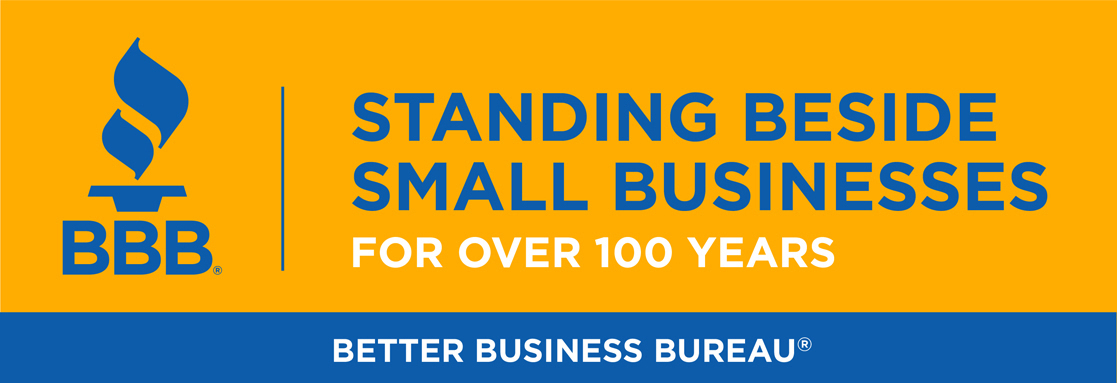You may have heard that Meta, the company behind Facebook and Instagram, has launched a new subscription service called Meta Verified. You may also be wondering what that means for you.
The most important thing to know is that Facebook and Instagram are still completely free for regular users. The subscription service is an optional tool for online creators and influencers to help them build their audiences. Most people won’t even need to worry about it!
That said, it’s still good to be aware, because with any new service comes the potential for scammers who might try to take advantage of the confusion after it launches.
The best way to protect yourself from potential scams is by being informed — so here’s what you need to know about Meta Verified.
What to know:
• Facebook and Instagram are free for regular users. Creators and influencers who want to be verified must apply for the new subscription service.
• What subscribers get: Meta Verified provides a stamp for a user’s social media profile that confirms their identity (much like Twitter’s “blue check”). Subscribers also get perks like protection against impersonators, increased visibility and priority customer support.
• Cost: The service costs $11.99 per month on desktop and $14.99 for the iOS and Android app.
• Who can apply: Meta Verified is only available for people in New Zealand and Australia as of the week of 3/6/2023, but may expand globally soon. Businesses are not currently eligible to apply.
• Requirements: Users who wish to apply for Meta Verified must meet minimum activity requirements, be at least 18 years old and submit a government ID that matches their name and photo on Facebook and Instagram.
Look out for these potential scams:
• Don’t fall for phishing. Watch out for phishing emails, texts and messages offering upgrades to your Facebook or Instagram accounts. Facebook and Instagram are still free for regular users, so be skeptical of any messages insisting that you have to pay someone to continue using your account. Visit BBB’s Spot a Scam page to see examples of phishing messages.
• Keep your information private. Facebook and Instagram will not ask regular users for a photo of their ID.
• Beware of impostors. After Twitter announced Twitter Blue, fake verified accounts started to pop up. If an account claims to be a representative of Meta, Facebook or Instagram, check it carefully. BBB’s Spot a Scam page can help you spot fake social media accounts.
• Talk to the older adults in your life. Older adults may be more vulnerable to scams. Let your friends and loved ones know that they don’t have to pay anyone to use Facebook right now.
• Check before you click. Before you click any link in an email, text or direct message, go directly to the source.
• Do your research. If you’re unsure about any information you receive in a private message, you can go to Facebook, Instagram or Twitter’s help pages to double check it. You can always visit BBB.org for accurate information, and you can help protect yourself and others by reporting a scam to BBB’s Scam Tracker.




Facebook Comments